
The Leica M10-R
Jonathan Slack July 16th 2020
Cretan dragonfly on a sea Squill
Leica M10-R with 50mm APO Summicron 1/1500th at f2.4 ISO 100
Introduction
The lifecycle of Leica M cameras has led us to expect a Monochrom at the end of the line, and we have had it, the surprising and wonderful M10M which was released in January this year (My article here). So, we’ve had the wonderful M10, the premium M10-P the minimalist M10-D, and the 40mp M10-M, now we have to wait for the announcement of the M11 right?

Carnival at Nazare Portugal
Leica M10-R with 50mm APO Summicron M 1/125th at f2.8 ISO 1250
Wrong!
It doesn’t require sixth sense to realise that if Leica can make a 40MP Monochrom sensor, then they can make a colour sensor at that resolution as well, and of course they have, so let’s welcome the M10-R, or should we welcome it? Let’s face it, the 24 mp of the Leica M10 is really quite enough for almost any photographic project, be it a brochure or a billboard.
.
I’m going to have a look at whether the extra resolution is worth it, and also at differences in character and performance between the existing M10 sensor (in all the other colour M10 variant cameras) and the new sensor, and there really are differences.
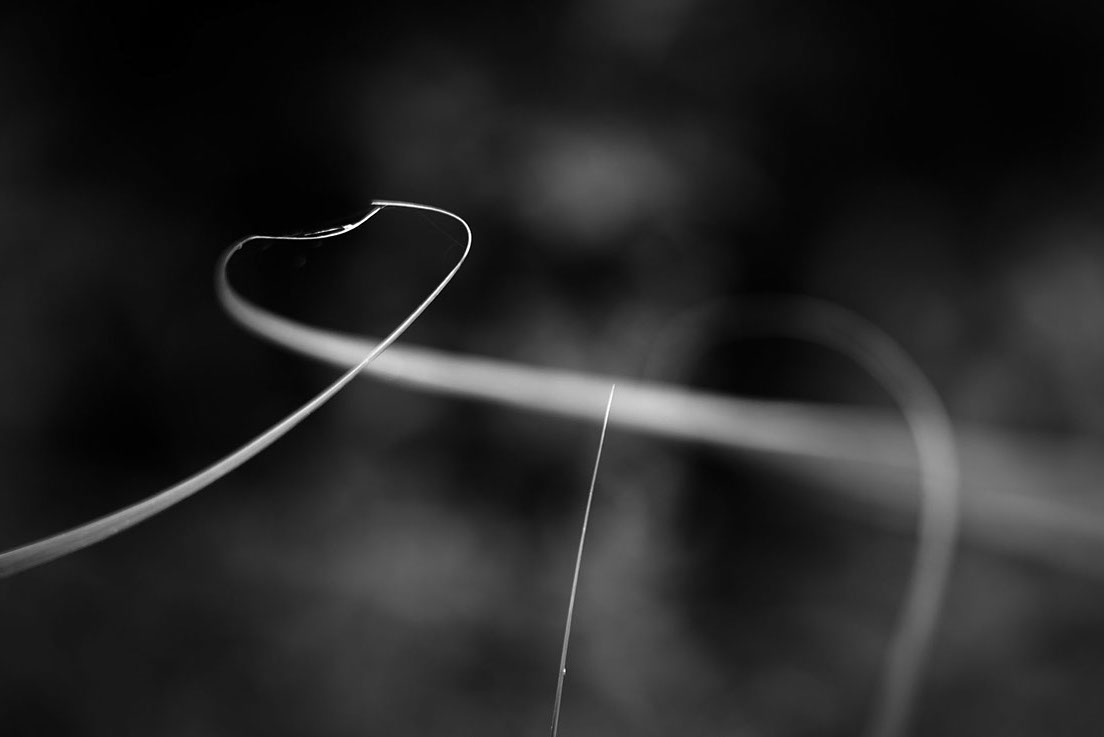
Curlicue
Leica M10-R with 75mm APO Summicron Asph 1/180th at f2 ISO 160
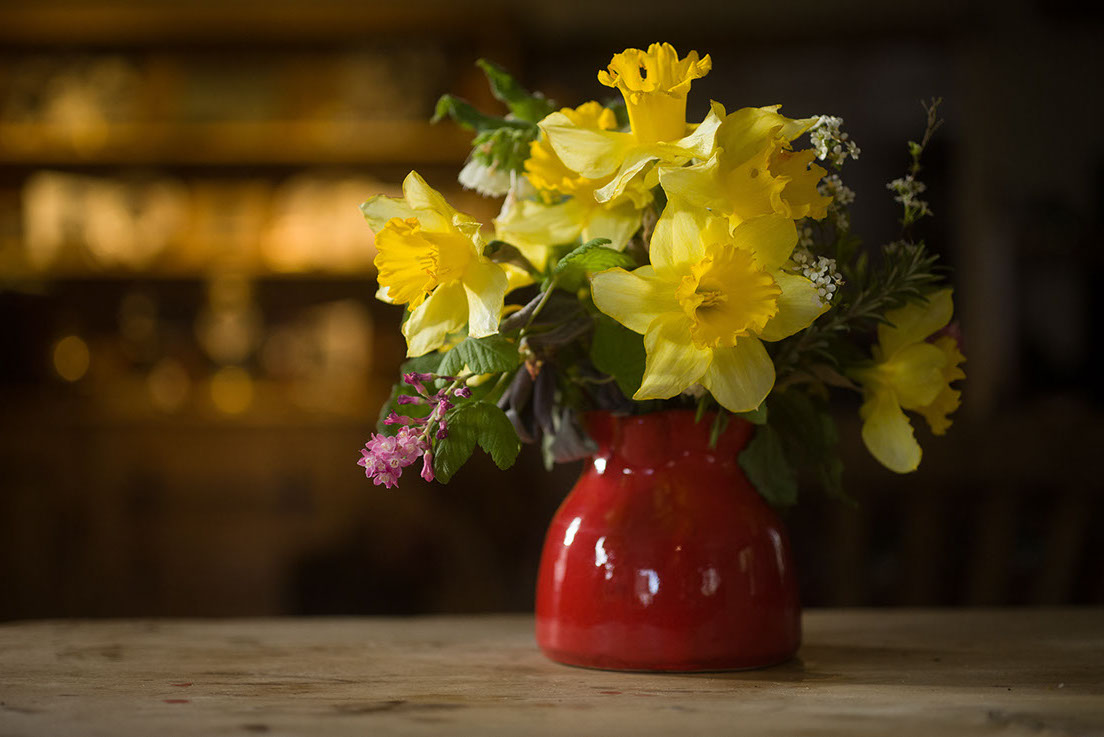
Daffodils
Leica M10-R with 60mm Macro Elmarit R 1/180th at f2.8 ISO 800
The Camera
The camera itself looks like the original M10, it has none of the M10-p engravings and it has a normal red dot rather than the screw. Indeed it is only the sensor which has changed, However, the motherboard, buffer, processor, menus etc. are identical to the M10p.
Leica have already maxed out the buffer size for the processor, so there isn’t a larger buffer, and of course the larger files mean that the camera is a little slower processing, and that the buffer is effectively smaller. Having said this, I never lost a shot, and I’m not seeing many complaints from M10-M users about the speed.

Pink Tractor
Leica M10-R with 50mm APO Summicron M f2 1/4000th ISO100
The Shutter
The shutter is the quiet version from the M10-p which has been extremely popular with many people.
In common with some fashion and portrait photographers I prefer the slightly louder M10 shutter as I like my subjects to know when I’ve taken a picture, it makes a good way to control the flow of a shoot.
The perfect situation would be a ‘normal’ shutter sound like the M10 with the option of a silent electronic shutter, but I understand that the read-out speed of the M10 sensor is too slow for this.
I’ve shot wedding ceremonies from close up with the original M10 and never disturbed anyone with the noise. Personally I prefer the sound of the quieter shutter, but it imposes limitations on shooting which the original M10 did not.
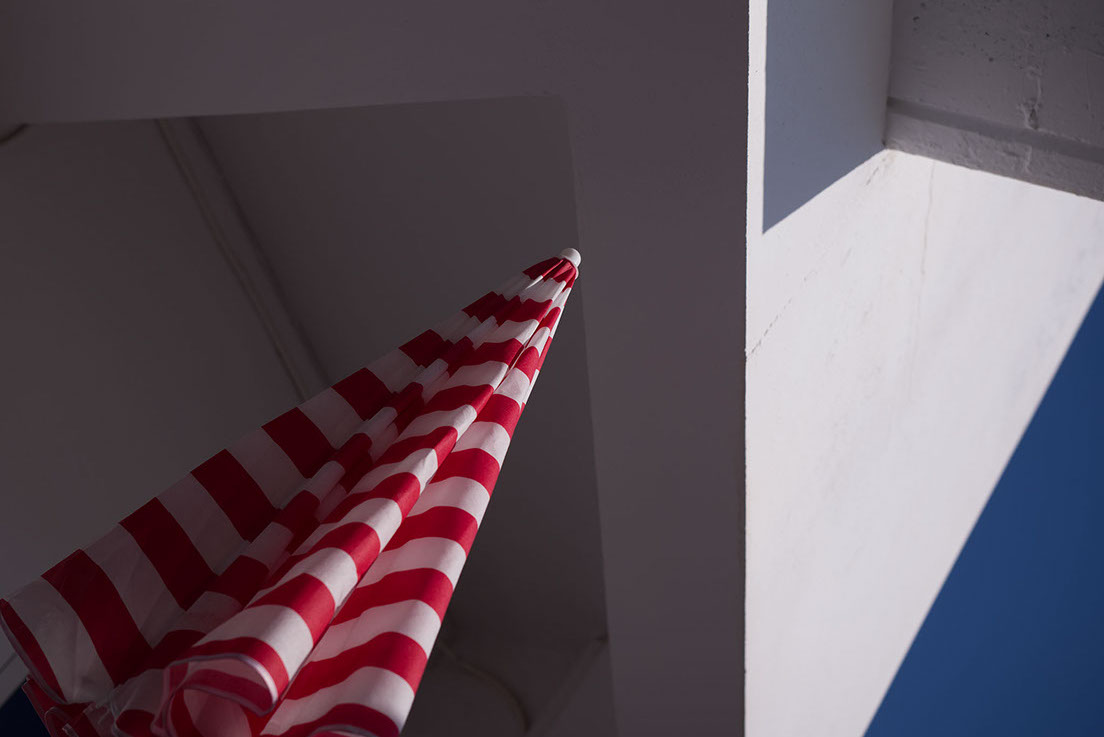
Diagonals in pink and blue
Leica M10-R with 50mm APO Summicron f2.8 1/2000th ISO100
Resolution
So the exchange is that you get more resolution and a different sensor in return for a moderate decrease in shot to shot speed and buffer depth, is it worth it? Absolutely Yes! That was certainly my first response, and after nearly a year with the camera it still is.
Maybe a little explanation. I have been really happy with 24mp, it seemed to me to be the sweet spot (and I know I’m not alone); quite enough for a sensible amount of cropping, big enough for decent sized prints, fast processing and reasonable storage requirements.
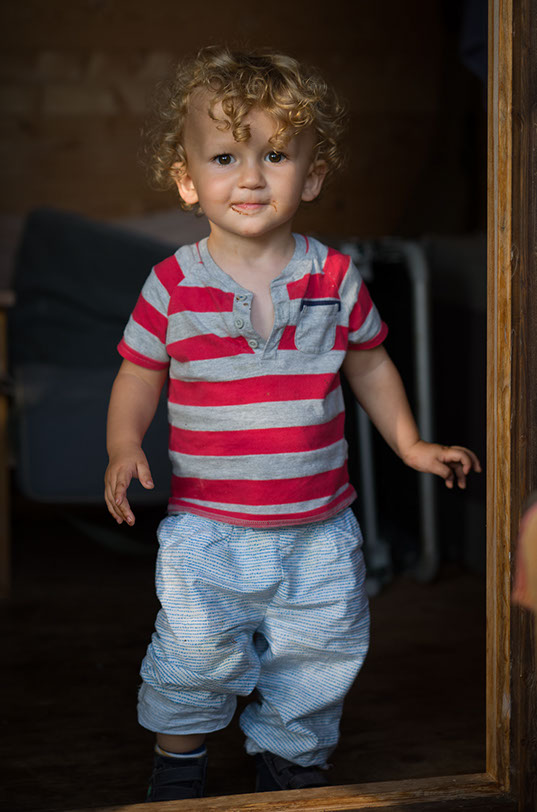

Brother
Leica M10-R with 50mm APO Summicron f2 1/350th ISO100
Sister
Leica M10-R with 28mm Summilux M f1/4 1/500th ISO100
Testing the Q2 slightly modified my opinion, it was great to get the higher resolution for the crop factors, but hey, I didn’t want an APS/c
or µ43 Leica I like full frame! I think that this is why, in the final analysis, I decided not to buy a Q or a Q2 - lovely to have a compact, full frame 28mm camera, but the crop factors were not so attractive and I often like to shoot at 50 and 75mm.
Using the SL2 and the M10-R has really convinced me of the value of extra resolution - it’s nice to have it for printing, it’s also nice to have it for cropping (if you need to), it also encourages you to default to a slightly wider angle lens, in the knowledge that if you really do need to you can crop it later on. I tend to carry one less lens in my bag as a result of it. It’s also wonderful for landscapes with lots of detail.
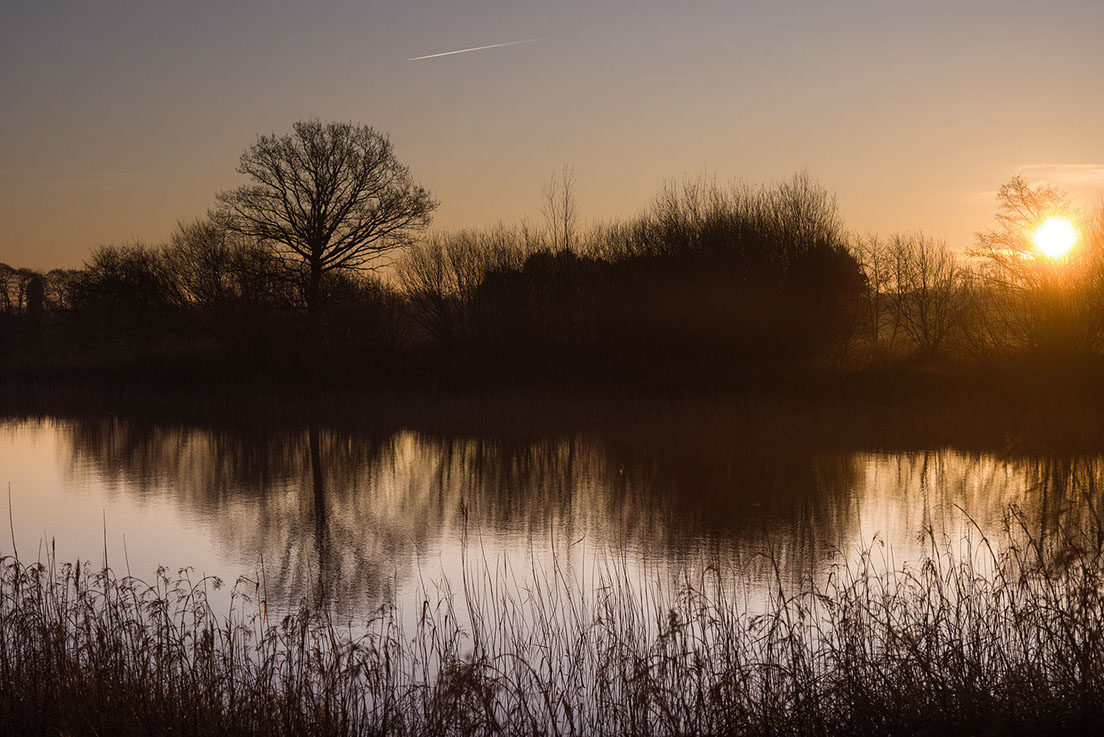
Spring Sunrise
Leica M10-R with 60mm Macro Elmarit R f6.8 1/60th ISO100
I have used the M10-R with the following lenses:
- Apo-Summicron M f2 50mm
- Apo-Summicron M f2 75mm
- Macro Elmarit R f2.8 60mm
- Noctilux M f1.2 Noctilux 50mm (thanks for the loan- you know who you are!)
- Summaron M f5.6 28mm (modern version)
- Summicron M f2 28 Asph
- Summilux M f1.4 28 Asph
- Summilux M f1.4 35 Asph
- Summilux M f1.4 50 Asph
- Tri-Elmar M 16/18/21 Asph
All these lenses worked really well with the camera and I haven’t seen any evidence of them being challenged by the extra resolution.
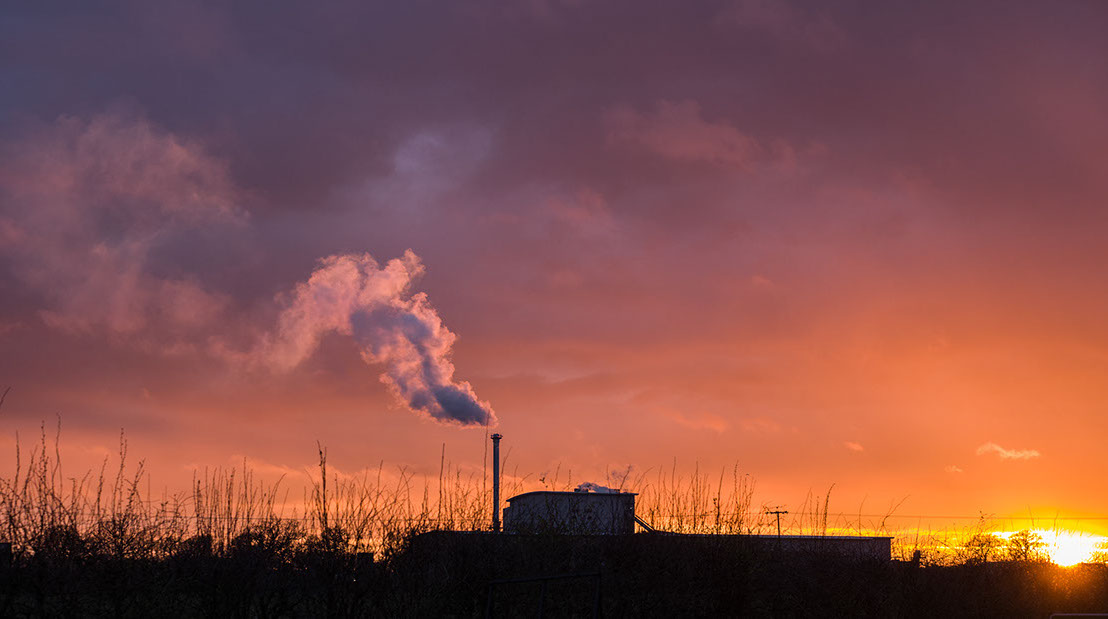
Spring Sunset
Leica M10-R with 75mm APO Summicron M f4 1/180th ISO250
Vignetting
Rather like the M10-M the M10-R shows more vignetting than previous digital M cameras, but shooting portraits (or still life or close up) wide open this can be a positive advantage, and if you’re shooting landscapes, then you will probably have stopped down enough to make the vignetting insignificant.
It seems to be more noticeable with wide angle lenses (as you would expect). If it’s undesirable, then it’s easy to fix in post processing, but with the risk of creating more noise in the corners.
Sean Reid (reidreviews.com) is going to look at this in more detail with specific lenses if it’s something likely to cause you concern.
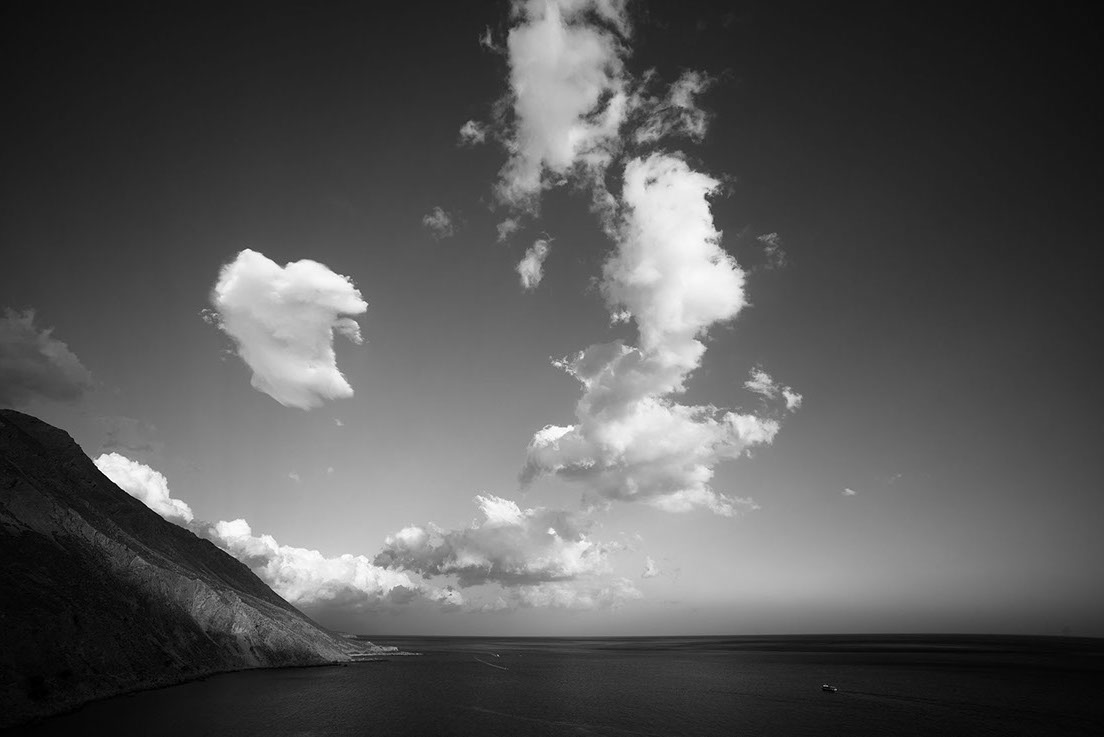
Cretan Clouds
Leica M10-R with Wide Angle Tri Elmar at 16mm f6.8 1/90th ISO100
High ISO
I’ve done a lot of ISO comparisons between the M10 and the M10-R. This is made more complicated by the difference in resolution, making it hard to do a proper comparison. My feeling is that looking at the M10-R files at 100% the noise is roughly equivalent to the M10 at 100%, considering the difference in resolution I think that probably works out at a 1 stop improvement, also worth mentioning that the noise on the M10-R feels more organic and less regular.
But then the high ISO on the M10 is pretty good, and you might expect that increasing the resolution would make the noise worse rather than better. So this is a real improvement for the new sensor and I’ve been quite happy to shoot at 12,500 ISO

Checking Out the Ocean
Leica M10-R with 50mm APO Summicron M f2.4 1/90th ISO100
Dynamic Range
The base ISO for the M10 was not 100 ISO, but something like 160 ISO. There is also an issue with ugly roll-off on over exposed areas, this is worse at 100 ISO (pull), I wrote about this here: (Leica M10 and blown highlights).
Leica changed the base ISO for Auto ISO to 200, this was rather a masterful move, as it meant that people wouldn’t accidentally get ‘blown’ highlights, whilst still allowing use of 100 ISO where it was appropriate. My feeling is that however, good this was, you still have to be very careful of losing information in highlights with the 24mp M10 sensor at any ISO.
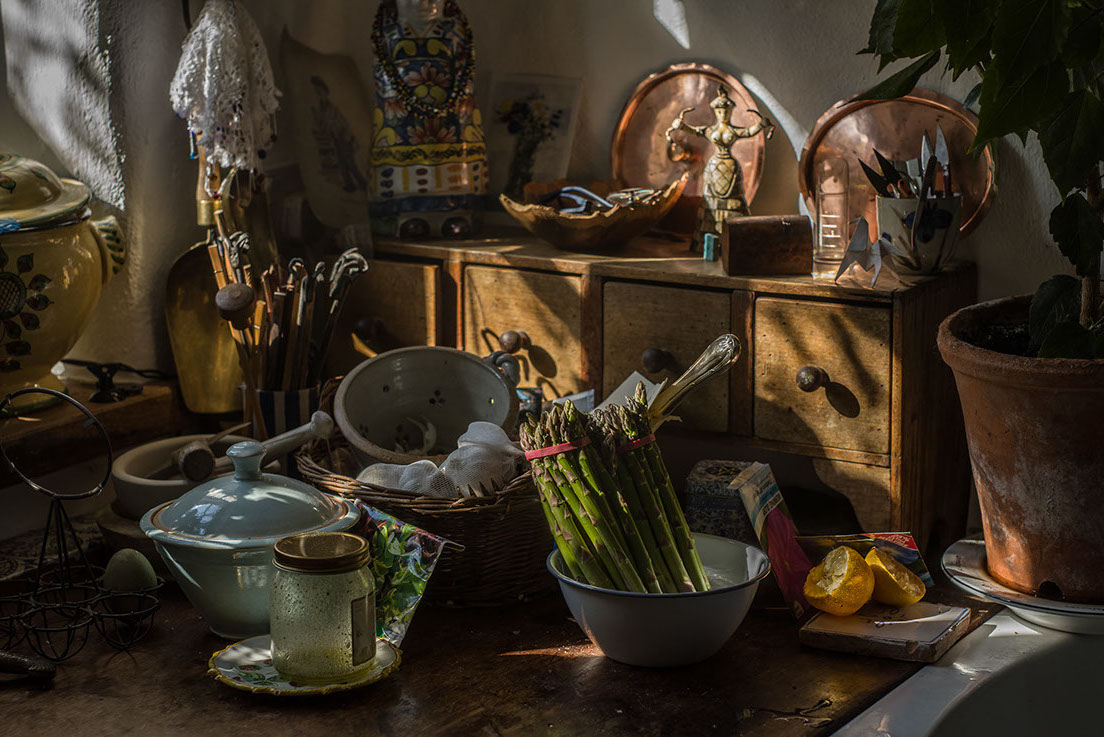
Asparagus
Leica M10-R with 75mm APO Summicron M f4 1/125th ISO160
The base ISO for the M10-R actually is 100 ISO, but more to the point, For the M10-R Leica have completely solved the problem with over-exposed highlights. With the M10 even a quarter of a stop of overexposure would irredeemably blow highlights. In the same scene with the M10-R I’ve managed to gain good detail from an image over-exposed by 2 stops.
At first sight, the files from the M10-R may look a little flatter than those from the M10 straight out of the camera, but they are much nicer to work with in post processing, and there seems to be more scope for pulling detail out of the shadows as well as the headroom with the highlights.
Whether the M10-R actually has more dynamic range will probably be established in a DXO report. But from a practical photographic point of view the files are a real step forward and much easier to post process.

Sfakian Sunrise
Leica M10-R with 50 mm APO Summicron M f2.8 1/90th ISO250
Conclusion
So, It’s an M10 with a higher resolution sensor, a quieter shutter and an effectively smaller buffer in a discreet ‘no frills’ body. Put like that doesn’t sound too exciting.
However, the sensor in the M10-R isn’t just higher resolution, it’s much better than the sensor in all the other colour M10 variants. It has better high ISO, more Dynamic Range, nicer noise characteristics and the raw files are much nicer to work with in post processing, in practice the slightly slower shot to shot times and smaller buffer didn’t cause me any problems (and experiences with the M10-M suggests that it doesn’t cause others problems either).
Generally speaking I get the first iteration of each new M camera and miss out the P and M variants, and so far that’s happened (although I still rather hanker after an M10-D). This time it’s different, and I’m saving up my pennies to grab myself an M10-R as soon as they start shipping.
This is a real photographers camera - in my opinion it has the best image quality of any M camera ever made, and it’s a pleasure to use. It’s hard to see how Leica can really improve on it without making radical changes in the M11, we shall see!

Busted!
Leica M10-R with 50 mm APO Summicron M f2 1/250th ISO250

Still Life with more Gin!
Leica M10-R with 50 mm APO Summicron M f4.8 1/250th ISO100
Acknowledgements & Links
Thanks to Jesko von Oeynhausen, Stefan Daniel, Viktor Weigant and Brigitta Werner at Leica for answering questions, providing test cameras and being helpful generally.
Thanks also to Andreas Jürgensen Leon Baumgardt and all the beta testers on the Leica forum for fun and informative discussions on LUF (you know who you are!).
Thanks to Michael Evans at Macfilos, to Silas Slack and to Scott Kirkpatrick for interesting discussions.
Thanks to Ivor and Elaine at Red Dot Cameras for being such great people and such an asset to Leica in the UK
Special thanks also to Paulo Silveira at Leica store in Porto for his hospitality back in March and for a wonderful weekend of Leica talk just before the lockdown
Thanks as always to Emma for putting up with interminable camera talk and with me panicking as the deadline draws nearer!
SeanReid will be posting a series of articles on his excellent website over the next few weeks covering black and white and colour rendering, vignetting and resolution on the M10-R compared with the M10-M and M10-P, together with the Q2 and the SL2. You can find him at Reidreviews

Pink Ladies
Leica M10-R with 50 mm APO Summicron M f6.8 1/1000th ISO100
